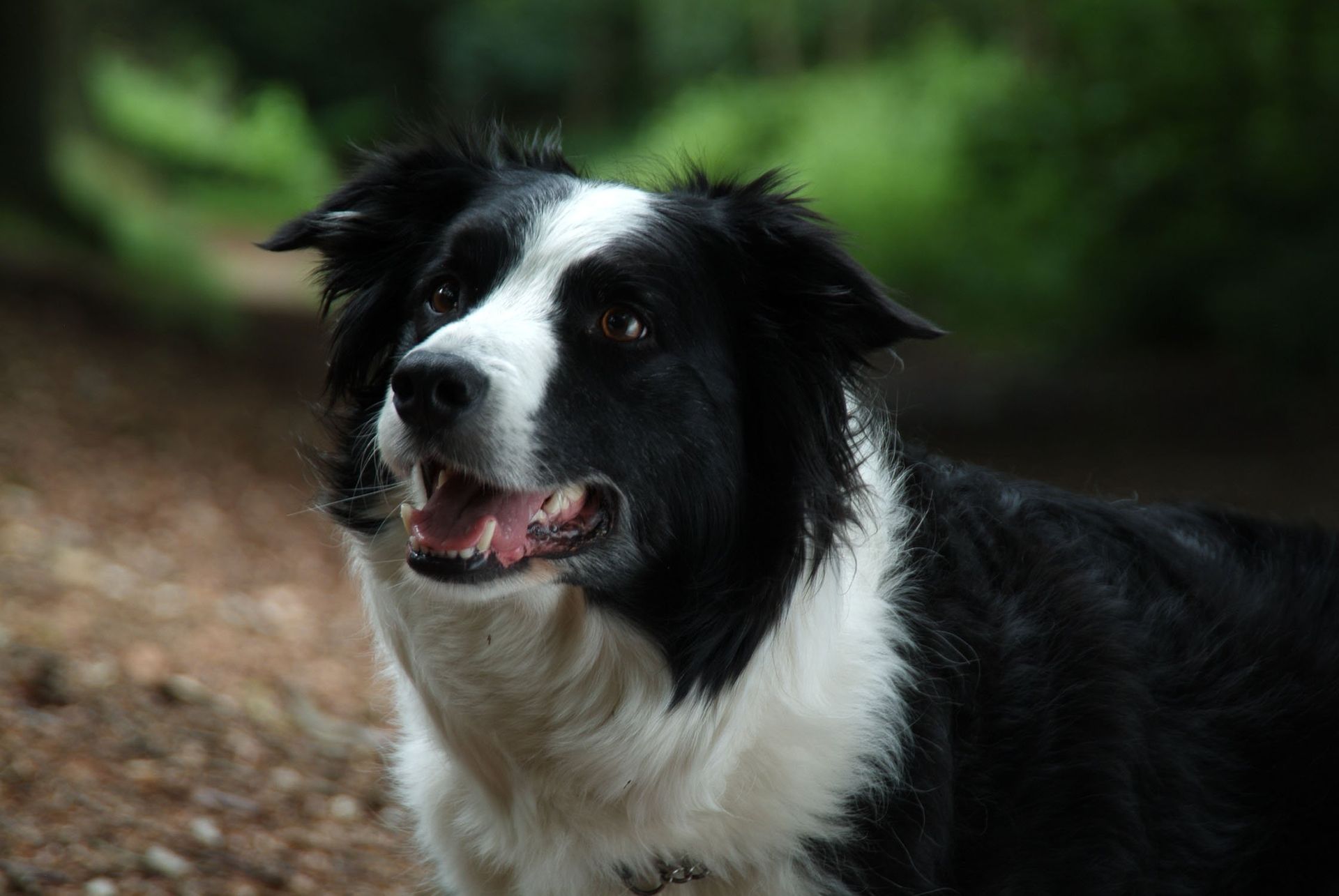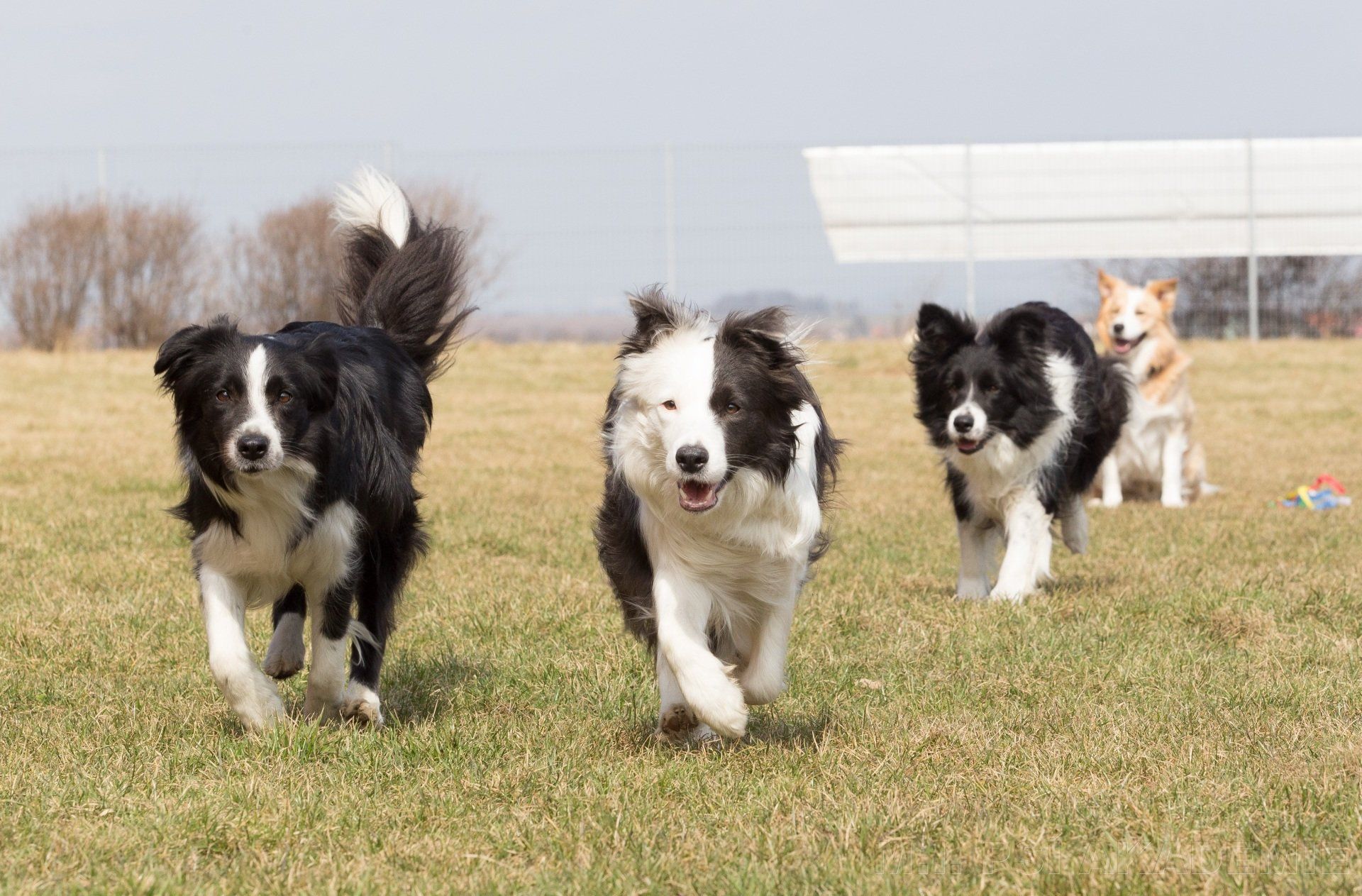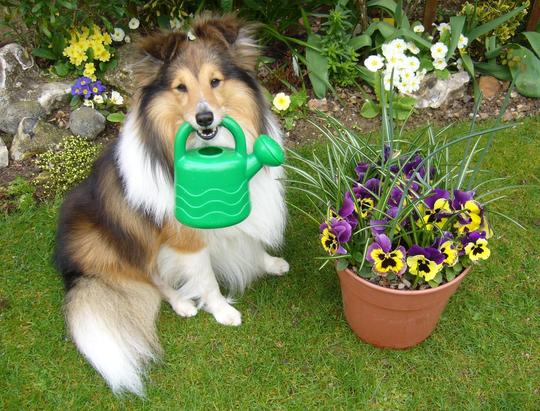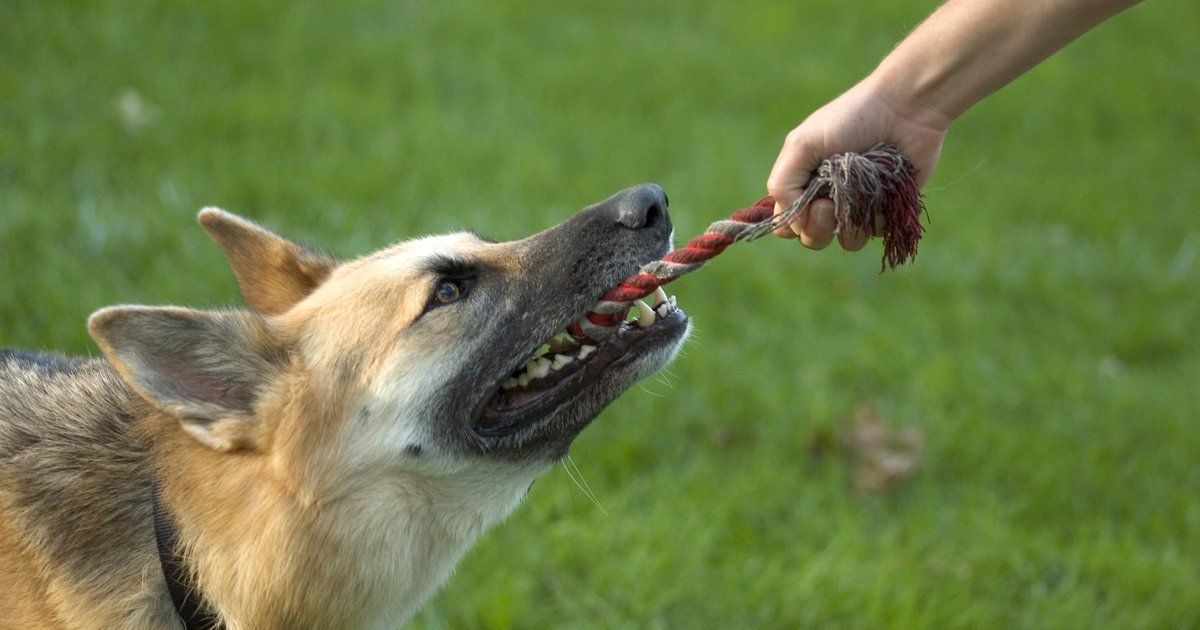Why do dogs bark?
Learn why your dog is barking and how to stop it!

Barking is a language like many others. It is used to show all sorts of emotions and it helps us know how our dogs are feeling.
The problem with barking is that society doesn't like it. Friends, family and neighbours see it as a nuisance, and the probability that you do too, is also very high.
But how can you tell apart the different types of barking?
What is your dog trying to tell you?
There are several types of barking, the most commonly identified ones, being for Excitement, Frustration, Attention and Guarding. Different types of barking request different approaches and ignoring is not always the answer, so let's take a look at them.
Excitement Barking
"OMG you are home!" is what people usually see it as. And that's usually what it is. In the outdoors, "OMG I'm outside!". This bark is usually high pitch, it sounds very happy and can be quite incessant. But stopping this barking is very simple as you just need to calm your dog down. By using the Steady exercise learned in class, you are reinforcing calmness, and that is the best remedy. Another tip is to ask your dog to do something opposite to barking and being excited, such as a lie down. Remember to treat to encourage good behaviour and keep calm, so that they are calm...
Frustration Barking
If a dog gets bored or you're taking too long to throw the ball (example), your dog might start barking as to say "get on with it already". It is usually a couple of very high pitch barks that pierce your ears, but this bark must be ignored completely. If you're playing ball with your dog and he or she starts barking, cease action completely and ignore them until they stop and count till 3. If dog managed to remain quiet for 3 seconds, keep playing. As your dog learns that barking doesn't work, start asking for slightly longer periods of inactivity - up to 20 seconds in increments.
Frustration barking can also be seen in:
- Playing retrieve - when ball or tug toy is taking too long to be thrown.
- Playing chase - frustration induced by not being able to catch the target.
- Waiting for food - he sees you prepare the food and is eager to have it.
But not all Frustration barking cases are to be approached in the same way. A dog that barks because he/she is kept outside for example, will need a different approach altogether, and for that we can definitely help.
Attention Barking
Attention barking is that incessant barking directed at you, or another animal whey want to interact with. It is projected along side a waggy tail, maybe a couple growls or a play bow. Or he may be jumping up and down, and all he wants to do is play.
The treatment here is ignoring him as explained above and rewarding for longer periods of time. By giving them the exact opposite from what the dog wants/expects, you are making the barking behaviour go extinct, as it results in no activity from you whatsoever. Even looking at your dog will encourage the behaviour, so just ignore him. Remember, if a behaviour has no legs to stand on, it dies over time.
Guard Barking
You can easily identify a guard barking at home. When after hearing or seeing something , your dog starts to bark. This bark usually starts in a quite tame way. There is usually one bark, followed by one pause, followed by one bark, followed by one pause, etc. This bark is quite "serious" and in a low pitch. The dog is trying to tell you that there is something there, that he isn't sure about it or is nervous about it. This is usually sided with growling.
This bark shouldn't be ignored, as it will only cause your dog to start barking more in a "you're not listening to me" kind of way - three barks and one pause in between, five barks and one pause in between, and so on.
After hearing this bark, you should go and check out the area your dog is barking at. Even if it is a blank wall, you're checking it out, letting him know that you paying attention and dealing with the situation. Be sure when doing this that you are between the "target" and your dog, not allowing your dog to get ahead of you. After checking out the "danger", return to your dog and provide reassurance.
If the barking has become very incessant, however, you may need professional help from a Behaviourist.
But don't ever forget... consistency is key.
Happy training!










